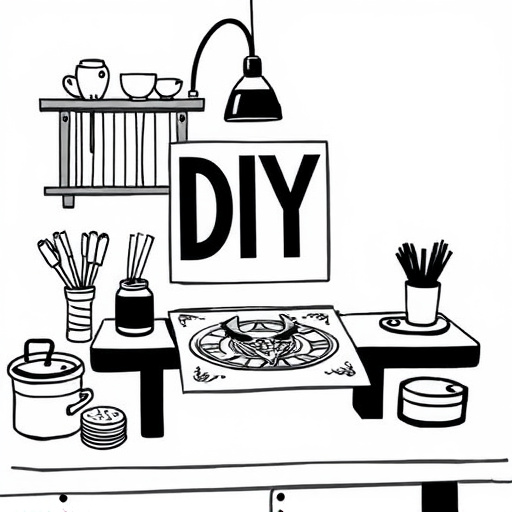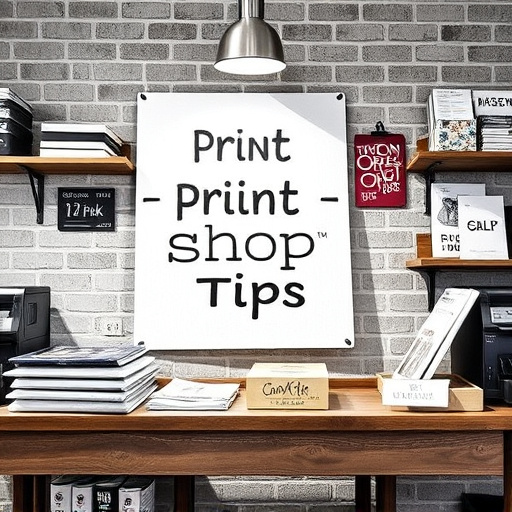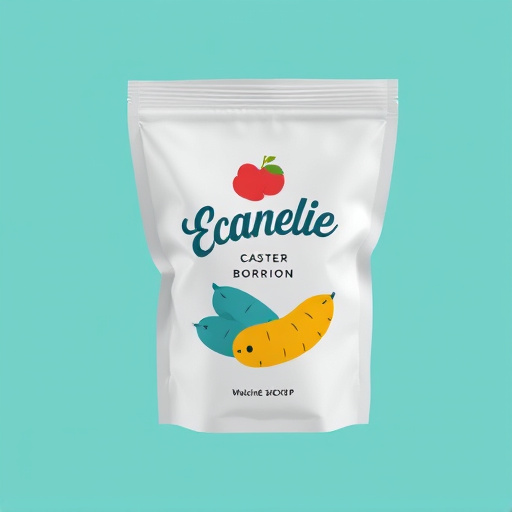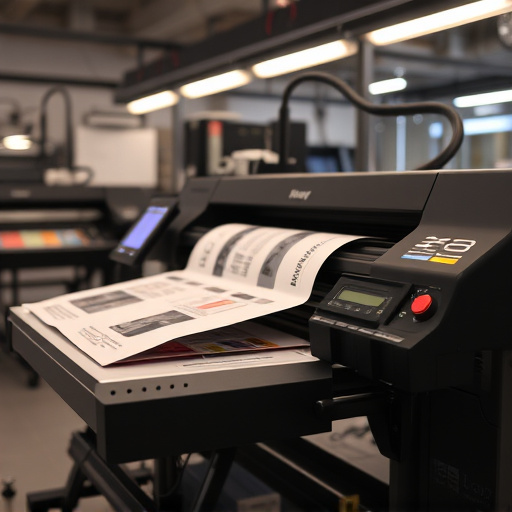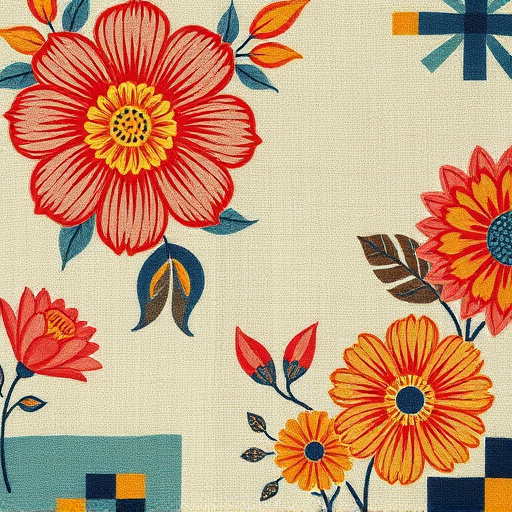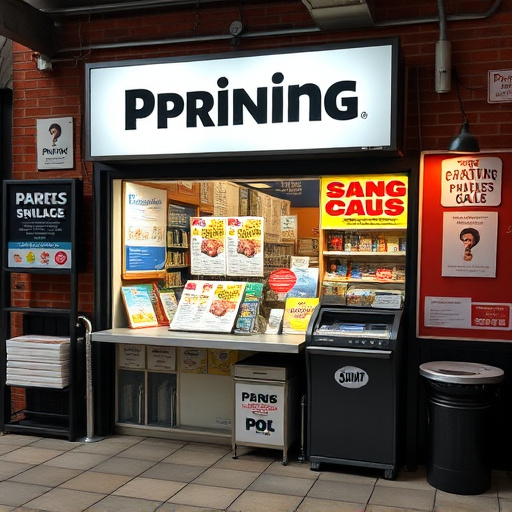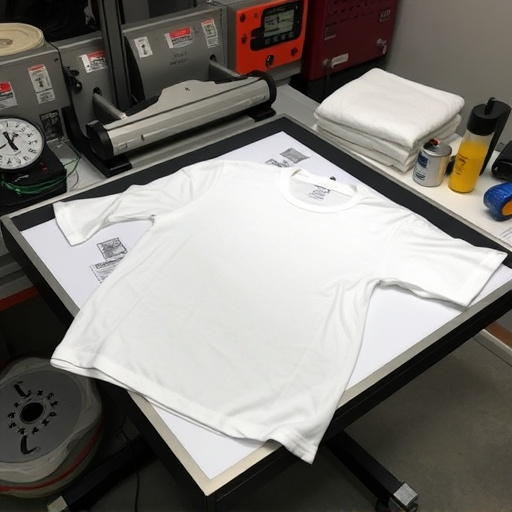In today’s competitive retail landscape, understanding and leveraging DTF (Drop Shipping from Factory) bulk orders can be a game-changer. This article delves into the strategic importance of DTF bulk purchasing for retail success. We explore how retailers can capitalize on this model to enhance inventory management, reduce costs, and increase profitability. By implementing effective strategies and tracking key metrics, businesses can unlock the full potential of DTF bulk orders, ensuring long-term viability and growth in a dynamic market.
- Understanding DTF Bulk Orders: The Retailer's Advantage
- Strategies for Effective DTF Bulk Purchasing
- Measuring Success: Key Metrics for DTF Bulk Sales
Understanding DTF Bulk Orders: The Retailer's Advantage
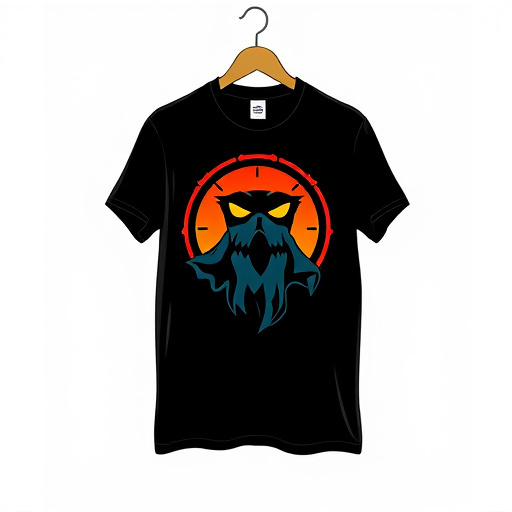
Understanding DTF Bulk Orders: The Retailer’s Advantage
DTF (Direct to Film) bulk orders offer retailers a significant edge in today’s competitive market. By placing large orders for custom DTF transfers, businesses can leverage cost savings and improved efficiency. This method allows for personalized items, like direct to film personalized hoodies, to be produced at a lower per-unit cost compared to traditional printing techniques. With customized designs in high demand, retailers can cater to diverse consumer preferences while maintaining profitability.
Moreover, DTF bulk ordering streamlines the production process. Custom dtf transfers enable quick turnaround times, ensuring retailers meet customer expectations for fast delivery. This agility is crucial for staying ahead of trends and responding swiftly to market demands. By embracing DTF bulk orders, retailers can enhance their competitiveness, expand product offerings, and ultimately drive sales success.
Strategies for Effective DTF Bulk Purchasing
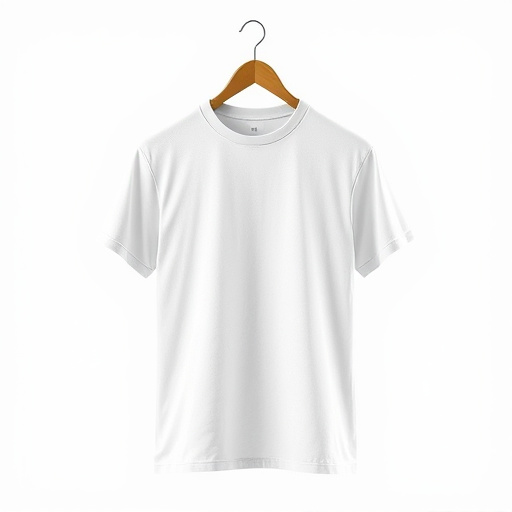
To maximize the benefits of DTF Bulk Orders, retailers should adopt strategic approaches to their purchasing process. First, it’s essential to assess demand accurately. By forecasting sales and understanding peak seasons, businesses can order in bulk during off-peak times when prices are lower, ensuring cost-effectiveness. Additionally, choosing the right supplier is crucial; opt for providers offering high-quality DTF transfer sheets and reliable DTF transfers, such as a best-in-class DTF printer. This ensures consistent product quality, minimizing wastage and enhancing overall efficiency.
Another effective strategy involves diversifying product ranges. Bulk ordering allows retailers to explore a broader selection of customizable products, appealing to various customer segments. Furthermore, negotiating bulk discounts with suppliers can significantly reduce operational costs. Efficient inventory management is also key; implementing smart storage solutions ensures easy access to ordered items, streamlining the production process and enabling faster turnaround times for orders.
Measuring Success: Key Metrics for DTF Bulk Sales
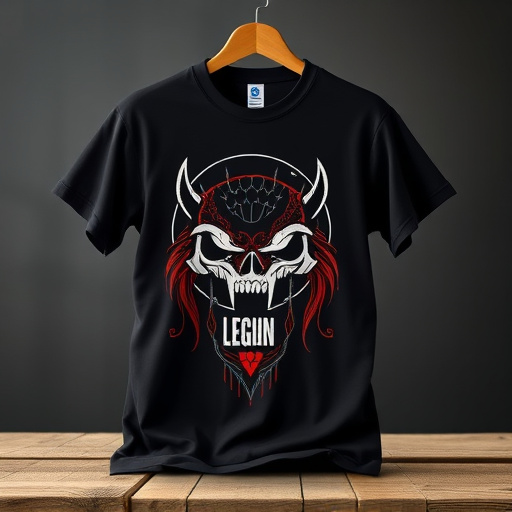
Measuring success in DTF bulk orders goes beyond simply counting the number of sales. Key metrics include conversion rates, average order value (AOV), and customer retention rates. Conversion rates indicate how effectively your marketing strategies are turning visitors into buyers. A higher conversion rate means your campaigns are resonating with the target audience.
Average order value (AOV) is a crucial indicator of customer spending habits. Increasing AOV through strategic pricing, bundle offers, or upselling techniques can significantly boost revenue. For instance, offering discounted bulk orders of dtf printing for t-shirts or cold peel dtf transfers can encourage customers to buy in larger quantities, enhancing the overall sales figure and margins. Customer retention is also vital; repeat purchases from existing clients are a strong signal of satisfied customers, ensuring long-term success in the DTF for t-shirts market.








